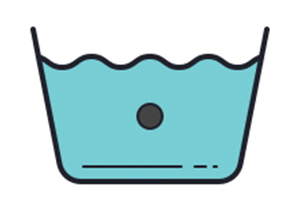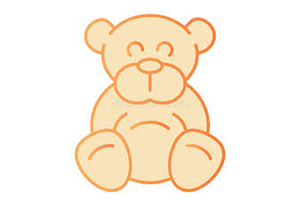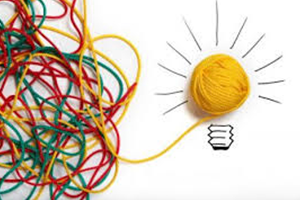Keeping Your Clothes In The Loop
By buying or selling pre-loved fashion on totel.ly you are already prolonging the life and value of a product. You are keeping it in the loop as it is re-loved, re-used and perhaps even repaired and re- fashioned by its new owner. It could be that you bump into it again during its future loops!
Reselling and swapping are definitely fun and important ways in which we can cut the waste out of the journey. Reducing waste like this will reduce greenhouse gas emissions and limit the reliance on resources through manufacturing. The older the clothes, the less microfibre they wash into the waters. Instead, ‘waste’ has become an asset.
But, there will be a day when the circled item can loop no more.
There is no landfill in the natural world — instead materials flow. Once your product has been loved, and has exhausted its purpose; it can feedback into the cycle and serve as a nutrient to something new.
What can we do?
Here are a few tips to help us enjoy the product for as long as possible and ways in which we can keep it from landing in the landfill once we are done.

Friendly Fabrics
Try to start with friendly fabrics
Natural fabrics which don’t create Microplastics. There may be a bigger spend at the beginning but see it as an investment. Natural materials have nature’s resilience and last longer.
Read more about a healthy laundry cycle here.

Cold Water Washing
Wash clothes in colder water
This setting releases fewer microfibres, leaving less mess in our waters.

Catch Micro-Plastic
Catch the micro-plastic before the spill
There are many different fibre filters you can use as you load up your laundry. Here are a few of our favourite mirco-fibre filters available.

Composting
Composting
Are your clothes compostable? This would ensure they continue to be of value — feeding the soil and plant growth. Items made entirely from pure wool, cotton, silk, linen, hemp and ramie (or a blend of any of those) will compost down — but they will all take a while (these materials are naturally durable). Tear them up to help them rot down quicker. Do check the materials as synthetic clothing may take between 20 to 200 years to decompose.

Upcycle
Upcycle
Use scraps of fabric no longer wearable to fill cushions, soft toys and other cuddly items. Stronger materials such as Lycra and Spandex can not be shredded for recycling but do add weight to a punch bag for a good boxing workout.

Donate To Animal Shelters
Donate to Animal Shelters
What we might not consider wearable might work out well for a cat looking for a patch to curl up on. Animal rescue places often appreciate such donations — using old fabrics and clothes as beds and blankets or for cleaning materials; anything to add a homely feel for the animals within their care.

Who You Gonna Call?
Household Dust Busters
Turn old pieces of clothing into useful materials around the house.
A polishing or dusting cloth or a collection of scraps to make your own mop head- should you feel extra ambitious.

Get Creative
Get Creative!
A great thing about the Circular economy is the freedom it gives to design our own stuff! Check out our growing board of ideas on Pinterest — and feel free to share your ideas with us!